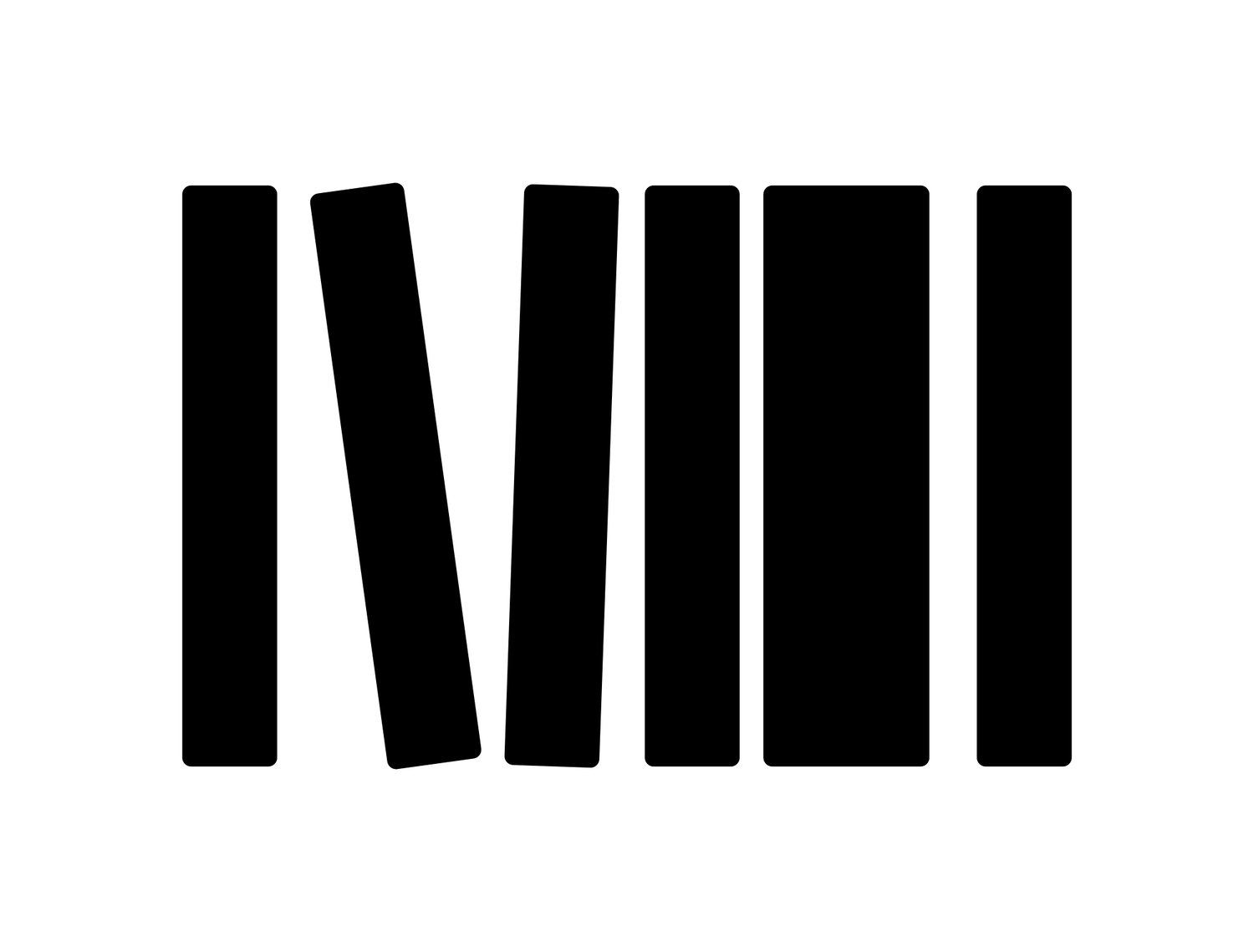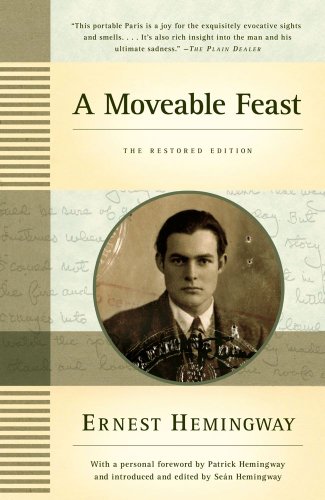BY BEENISH AHMED
After incomprehensible violence in a city that feels like a long lost loved one to almost anyone who visits, here are five books to help us make sense not of the carnage but Paris itself -- a city that is as complex as it is beautiful.
1. GIOVANNI'S ROOM BY JAMES BALDWIN
When James Baldwin presented a manuscript for Giovanni's Room to his agent, she told him to burn it. Although his first novel, Go Tell It On The Mountain, was a sweeping success, those close to the writer felt a work that so closely explored homosexuality would damn his career. Baldwin didn't burn the book, and it fared better than expected among readers -- who may have taken more kindly to the prose more than plot.
"[E]ven as one is dismayed by Mr. Baldwin's materials, one rejoices in the skill with which he renders them," a New York Times review from 1956 read.
The novel focuses on the story of David, a young American man in Paris. His girlfriend, Hella, is anxious for word that he'll marry her. As she pines for him in her native Spain, David strikes up an affair with Giovanni, an Italian man he meets in a Parisian bar. The story is told in a single day -- the last day of David's life before he is executed for murder. The story explores the desperation caused by a desire to garner social acceptance at the expense of one's own sexuality -- but it encompasses far broader themes, too.
As the novelist Chris Abani wrote in an essay about the book for NPR:
[N]ot being gay myself, there is a level of confusion, of hurt, that I couldn't ever access. It always eluded me, made me feel like there was something more behind this story, something that was as tantalizing faint as the scent of Earl Grey Tea, but that would always remain closed to me.
And then again, perhaps not. Perhaps this is not the feeling of a straight man looking into the life of a gay man, unable to completely relate, but rather that of a self gazing deeply into another self and never ever being able to see it. Maybe it's the existential melancholy we all carry, that of knowing there is more to us, and wrestling with the frustration that it will always be out of reach, darting into our peripheral vision when we are lucky.
In Baldwin's own terms from Giovanni's Room, "Perhaps home is not a place but simply an irrevocable condition.”
2. ARAB JAZZ BY KARIM MISKE
“When I heard about the attack on Charlie Hebdo, I was deeply disturbed like most people,” Karim Miské, a writer and filmmaker, told the Independent. “Then I heard how the killers crashed their car at Place du Colonel Fabien and that they had hijacked another car and driven down the Rue Petit – all places which appear in Arab Jazz -- I thought what is happening? Why have these people invaded my book?”
The answer, according to The Independent's Paris correspondent John Lichfield, is that the gunmen Saïd and Chérif Kouachi seem to have fallen out of the book, not invaded it.
"Although its own lurid plot-line follows a different trajectory, Arab Jazz breathes the same fetid air; it grows in the same tortured urban soil which nurtured Saïd and Chérif Kouachi," he noted.
The parallels might make Miské's thriller even more thrilling for some readers. For others, they work of fiction will offer a deeper understanding of the sort of malaise that has yet again given rise to horrors on the streets of Paris.
As a bonus, the book comes with a playlist at the end.
3. I BURN PARIS BY BRUNO JASIENSKI
"Leaning over memory's booth like a stubborn fairground spectator, Pierre rummaged in the sawdust inside him, sometimes finding the sparkling pinpoints of scattered recollects," Jasienski writes in I Burn Paris, making real his protagonist's struggle to recognize the fully naked woman in front of him. She's a sex worker, but used to be a friend of his girlfriend.
The opening chapters of the book follow Pierre as he stumbles through Paris in a hungry haze after losing both his job and his girlfriend on the same day. Here's more from a the book's English-language publisher:
I Burn Paris has remained one of Poland's most uncomfortable masterstrokes of literature since its initial and controversial serialization by Henri Barbusse in 1928 in L'Humanité (for which Jasienski was deported for disseminating subversive literature). It tells the story of a disgruntled factory worker who, finding himself on the streets, takes the opportunity to poison Paris's water supply. With the deaths piling up, we encounter Chinese communists, rabbis, disillusioned scientists, embittered Russian émigrés, French communards and royalists, American millionaires and a host of others as the city sections off into ethnic enclaves and everyone plots their route of escape. At the heart of the cosmopolitan city is a deep-rooted xenophobia and hatred — the one thread that binds all these groups together. As Paris is brought to ruin, Jasienski issues a rallying cry to the downtrodden of the world, mixing strains of "The Internationale" with a broadcast of popular music.
4. A MOVEABLE FEAST BY ERNEST HEMINGWAY
“If you are lucky enough to have lived in Paris as a young man," Hemingway famously wrote to a friend, "Then wherever you go for the rest of your life, it stays with you, for Paris is a moveable feast.”
Although he allowed that it "may be regarded as fiction," the book chronicles Hemingway's experiences living in that great city at that great age -- with (largely unflattering) appearances by F. Scott Fitzgerald, Gertrude Stein, and other American writers who flocked to the city in the interwar years.
Writer and critic Christopher Hitchens described the book's haunting allure in an essay for The Atlantic: "I believe that A Moveable Feast serves the purpose of a double nostalgia: our own as we contemplate a Left Bank that has since become a banal tourist enclave in a Paris where the tough and plebeian districts are gone, to be replaced by seething Muslim banlieues all around the periphery; and Hemingway’s at the end of his distraught days, as he saw again the 'City of Light' with his remaining life still ahead of him rather than so far behind."
Even so, the grizzled writer's reflections on the city aren't all aglow. But the long shadows he traces along Paris' broad boulevards draw one in -- both to the the city and the book -- as much as any sun-dappled scene of Montmartre.
As Hemingway put it, “Paris was a very old city and we were young and nothing was simple there, not even poverty, nor sudden money, nor the moonlight, nor right and wrong nor the breathing of someone who lay beside you in the moonlight.”
5. THE ALICE B. TOKLAS COOK BOOK BY ALICE B. TOKLAS
Alice B. Toklas was the longtime partner of Gertrude Stein -- and she did just about everything the the American writer and art collector didn't do.
As per her New York Times obituary, "[Toklas] ran the house, ordered the meals, cooked on occasion and typed out everything that got written into the blue copybooks that [Stein] had adopted from French schoolchildren."
While Stein's Autobiography of Alice B. Toklas offers insights into the Parisian avant garde and artistic scenes, the cook book offers a more personal look at the relationship between the two women, their beloved Paris -- and how food shaped their experiences.
The book contains recipes Toklas collected throughout her life, in addition to her own pronouncements on French cuisine.
"To cook as the French do one must respect the quality and flavor of the ingredients," she wrote in the cook book. "Exaggeration is not admissible. Flavors are not all amalgamative. These qualities are not purchasable but may be cultivated. The haute cuisine has arrived at the enviable state of reacting instinctively to these known principles."
Janet Malcolm wrote this about the cookbook in the Guardian:
Underlinings and marginal comments also highlight the passages - such as those quoted above -- whose tart snottiness gave me special delight in the 1950s. But there is one chapter whose pages bear no gravy stains or underlinings and whose bare cleanness makes it look almost unread. It is entitled "Food in the Bugey during the Occupation", and in it Toklas writes of the years of the Nazi occupation, which she and Stein spent in an area of provincial eastern France called the Bugey -- first in a handsome old house near the town of Belley, and then in another old house in nearby Culoz. When I had occasion to read this chapter again, I was struck by its evasiveness, no less than by its painfully forced gaiety. How had the pair of elderly Jewish lesbians escaped the Nazis? Why had they stayed in France instead of returning to the safety of the United States? Why did Toklas omit any mention of her and Stein's Jewishness (never mind lesbianism)? Well, in the 50s one did not go out of one's way to mention one's Jewishness. Gentlemanly anti-Semitism was still a fact of American life. The fate of Europe's Jews was known, but the magnitude of the catastrophe had not registered; the term "Holocaust" was not yet in use. In 1954, Toklas's evasions went as unremarked as her recipes for A Restricted Veal Loaf and Swimming Crawfish went uncooked. Today, the evasions seem egregious, though hardly incomprehensible. What we now know about Stein's and Toklas's war makes it easy to see why the complex actuality of their situation and conduct found no place in The Alice B Toklas Cook Book. "As if a cookbook has anything to do with writing," Toklas says of her enterprise at the book's end. Or with complexity, she might have added.






